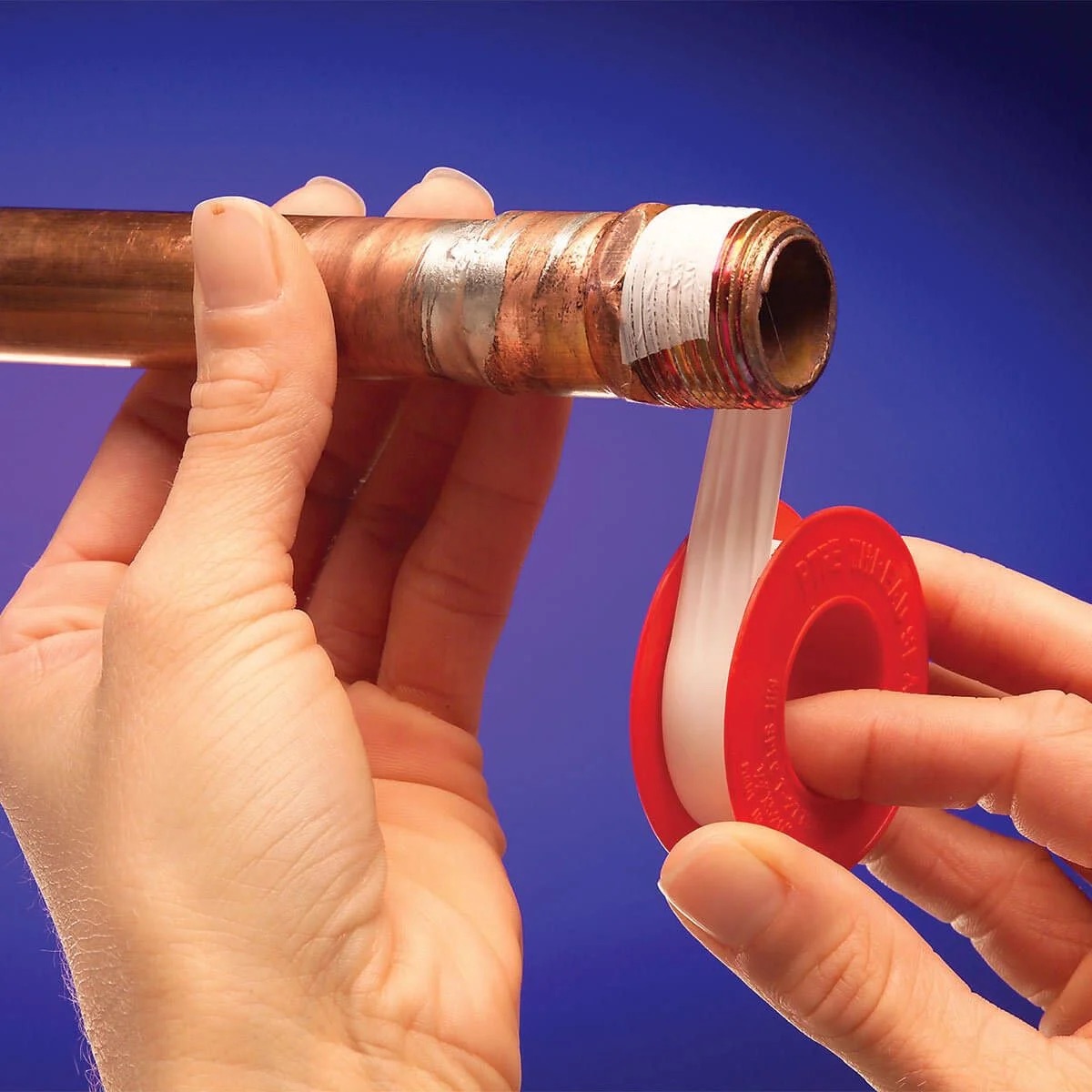

Articles
How To Use Plumbing Tape
Modified: December 7, 2023
Learn how to properly use plumbing tape with our informative articles. Discover tips and techniques for a leak-free plumbing repair.
(Many of the links in this article redirect to a specific reviewed product. Your purchase of these products through affiliate links helps to generate commission for Storables.com, at no extra cost. Learn more)
Introduction
When it comes to plumbing projects, having the right tools and materials is essential. One of these essential materials is plumbing tape, also known as thread seal tape or Teflon tape. Plumbing tape plays a crucial role in creating a secure and watertight connection between pipes and fittings.
In this article, we will explore the different types of plumbing tape, how it works, and provide a step-by-step guide on how to use it effectively. Whether you are a seasoned DIY enthusiast or a beginner tackling your first plumbing project, this article will equip you with the knowledge you need to use plumbing tape like a pro.
Key Takeaways:
- Choose the Right Tape: Select the appropriate plumbing tape for your specific application, whether it’s standard white tape for general plumbing or yellow gas-rated tape for gas pipe installations. Using the right tape ensures a secure and leak-free connection.
- Wrap with Care: When applying plumbing tape, wrap it in a clockwise direction around the male threads of the fitting, ensuring even and complete coverage. Avoid common mistakes such as using excessive tape or over-tightening fittings to achieve a reliable and long-lasting seal.
Read more: What Is Plumbing Tape Used For
What is Plumbing Tape?
Plumbing tape is a thin, flexible, and non-adhesive tape that is specifically designed for sealing pipe threads. It is commonly made from polytetrafluoroethylene (PTFE), a high-performance material that offers excellent resistance to chemical reactions and temperature changes.
The primary purpose of plumbing tape is to create a watertight seal between threaded pipe joints. It acts as a lubricant, making it easier to tighten fittings and preventing them from seizing up over time. Plumbing tape also helps to prevent leaks by filling gaps and imperfections in the threads, ensuring a reliable and durable connection.
Types of Plumbing Tape
There are two main types of plumbing tape available: standard white and yellow gas-rated tape. Standard white tape is commonly used for general plumbing applications, including water supply lines and fittings. Yellow gas-rated tape, on the other hand, is specifically designed for use with gas pipes.
It is important to use the appropriate type of plumbing tape for your specific application. Using the wrong type of tape can result in leaks, pipe damage, and potential hazards.
How Does Plumbing Tape Work?
Plumbing tape works by filling the gaps and imperfections in the threaded connections, creating a tight seal. When the tape is wrapped around the male threads of a pipe fitting, it acts as a lubricant during the tightening process. This allows the threads to be easily tightened without binding or seizing up.
Additionally, the PTFE material of plumbing tape is resistant to both water and chemicals, ensuring that the seal remains intact even in harsh conditions. It helps to prevent leaks by sealing the connection and preventing water or gas from escaping.
Key Takeaways:
- Choose the Right Tape: Select the appropriate plumbing tape for your specific application, whether it’s standard white tape for general plumbing or yellow gas-rated tape for gas pipe installations. Using the right tape ensures a secure and leak-free connection.
- Wrap with Care: When applying plumbing tape, wrap it in a clockwise direction around the male threads of the fitting, ensuring even and complete coverage. Avoid common mistakes such as using excessive tape or over-tightening fittings to achieve a reliable and long-lasting seal.
Read more: What Is Plumbing Tape Used For
What is Plumbing Tape?
Plumbing tape, also known as thread seal tape or Teflon tape, is a crucial tool used in plumbing projects. It is a thin, flexible, and non-adhesive tape specifically designed to seal pipe threads and create a watertight connection between pipes and fittings.
The tape is typically made from polytetrafluoroethylene (PTFE), a high-performance material that offers excellent resistance to chemical reactions and temperature changes. This makes it suitable for use in various plumbing applications.
The primary function of plumbing tape is to prevent leaks by creating a tight seal between threaded pipe joints. It acts as a lubricant, allowing for easy tightening of fittings while preventing them from seizing up over time.
When applying plumbing tape, it is important to wrap it in a clockwise direction around the male threads of the fitting. This ensures that the tape is applied securely and remains in place while tightening the joint. The tape should be wrapped tightly, but not so tightly that it causes distortion or damage to the threads.
Plumbing tape is commonly available in two types: standard white tape and yellow gas-rated tape. The standard white tape is suitable for general plumbing applications, such as water supply lines and fittings. On the other hand, yellow gas-rated tape is specifically designed for use with gas pipes. It is essential to choose the appropriate tape based on the specific requirements of your plumbing project.
To achieve a proper seal, it is important to use adequate tape coverage. While a single layer of tape is typically sufficient for most applications, thicker or high-pressure pipes may require multiple layers. It is crucial to evenly wrap the tape around the threads to ensure a complete seal.
Plumbing tape provides several advantages over other sealing methods. It is a cost-effective solution that is readily available and easy to use. Unlike pipe joint compounds, plumbing tape does not harden or deteriorate over time, making it a long-lasting option for creating reliable connections.
Another advantage of plumbing tape is its versatility. It can be used with various pipe materials, including copper, brass, plastic, and steel. This makes it a valuable tool for both professional plumbers and DIY enthusiasts alike.
In summary, plumbing tape is an essential tool when it comes to creating watertight connections in plumbing projects. Its ability to seal threaded pipe joints, prevent leaks, and provide ease of installation makes it a must-have in any toolbox. Invest in high-quality plumbing tape and follow the correct wrapping technique to ensure a secure and long-lasting connection.
Types of Plumbing Tape
When it comes to plumbing tape, there are two main types available: standard white tape and yellow gas-rated tape. Understanding the differences between these two types is crucial to ensure the proper and safe use of plumbing tape in your specific plumbing project.
Standard White Tape:
The standard white tape, also known as general-purpose plumbing tape, is the most commonly used type. It is suitable for a wide range of plumbing applications, including water supply lines, showerheads, faucets, and various fittings.
This type of tape is typically made from PTFE (polytetrafluoroethylene), which provides excellent resistance to water, chemicals, and temperature changes. It is a versatile option that works well with a variety of pipe materials, such as copper, brass, plastic, and steel.
Standard white tape is easy to apply, and a single layer is often sufficient for most applications. However, for larger pipe sizes or higher pressure systems, you may need to wrap multiple layers of tape to ensure a proper seal.
Yellow Gas-Rated Tape:
Yellow gas-rated tape, also known as gas line tape or PTFE gas tape, is specifically designed for use with gas pipes. It is distinguishable from standard white tape by its bright yellow color, which helps to signal its specific use.
Gaseous substances, such as natural gas or propane, require a different type of tape due to their higher pressure and potentially hazardous nature. Yellow gas-rated tape is designed to withstand the higher pressure and provide an additional level of safety for gas pipe connections.
When working with gas lines, it is crucial to use the correct type of tape to prevent leaks and ensure the integrity of the gas system. Using standard white tape instead of gas-rated tape can pose serious risks and is not recommended.
It is important to note that plumbing tape should never be used as a substitute for proper pipe sizing or professional gas installation. If you are unsure about the requirements or regulations for your gas line installation, it is always best to consult with a licensed plumber or gas professional.
In summary, there are two main types of plumbing tape: standard white tape for general plumbing applications and yellow gas-rated tape for gas pipe installations. By using the appropriate tape for your specific project, you can ensure a secure and leak-free connection, whether it is for water supply lines or gas pipes.
How Does Plumbing Tape Work?
Plumbing tape, also known as thread seal tape or Teflon tape, is a crucial tool used in plumbing projects to create a secure and watertight seal between threaded pipe joints. Understanding how plumbing tape works can help ensure its proper use and effective sealing.
Plumbing tape is typically made from polytetrafluoroethylene (PTFE), a high-performance material known for its excellent resistance to chemical reactions and temperature changes. This makes it suitable for use in a wide range of plumbing applications.
The key function of plumbing tape is to fill the gaps and imperfections in the threaded connections, creating a tight seal. When wrapping plumbing tape, it is crucial to wrap it in a clockwise direction around the male threads of the fitting. This ensures that the tape remains in place during the tightening process.
As the tape is wrapped around the male threads, it acts as a lubricant, making it easier to tighten the fitting securely. The lubricating properties of the tape prevent the threads from binding or seizing up, allowing for a smoother and more reliable installation.
Plumbing tape also helps prevent leaks by sealing the connection and preventing water or gas from escaping. The PTFE material is resistant to both water and chemicals, ensuring that the seal remains intact even in harsh conditions.
When applying plumbing tape, it is important to use adequate tape coverage. While a single layer of tape is generally sufficient for most applications, thicker or high-pressure pipes may require multiple layers. It is essential to evenly wrap the threads with tape to ensure a complete and effective seal.
One important tip when using plumbing tape is to avoid over-tightening the fittings. Tightening them excessively can cause the tape to deform and potentially create leaks. It is best to tighten the fittings until they are snug, ensuring a secure connection without excessive force.
It is worth noting that plumbing tape is not a substitute for fixing damaged or corroded threads. If you encounter damaged threads, it is recommended to repair or replace the fittings rather than relying solely on plumbing tape.
In summary, plumbing tape works by filling the gaps and imperfections in threaded connections, creating a watertight seal. It acts as a lubricant, preventing binding or seizing of the threads, while also providing resistance to water and chemicals. By using plumbing tape correctly and ensuring proper tightening, you can achieve secure and leak-free connections in your plumbing projects.
Step-by-Step Guide on Using Plumbing Tape
Using plumbing tape is a straightforward process that can be easily mastered with a few simple steps. Whether you are a seasoned DIY enthusiast or a beginner tackling your first plumbing project, follow this step-by-step guide to ensure a proper and effective application of plumbing tape:
- Prepare the fittings: Before applying plumbing tape, ensure that the fittings and pipe threads are clean and free from dirt, debris, and old tape residues. Use a clean cloth or brush to remove any contaminants.
- Choose the appropriate tape: Select the correct type of plumbing tape based on your specific application. Whether it is standard white tape for general plumbing or yellow gas-rated tape for gas pipe installations, using the right tape is crucial.
- Start wrapping: Hold the end of the tape against the male threads of the fitting and begin wrapping it in a clockwise direction. Ensure that the tape overlaps itself slightly as you wrap it around the threads.
- Apply tension: Apply gentle tension to the tape as you wrap it. This will help ensure a tight and secure application. However, be cautious not to pull the tape too tightly, as it may lead to distortion or damage to the threads.
- Continue wrapping: Continue wrapping the tape around the threads, ensuring an even and complete coverage. For smaller sizes of pipes, a single layer of tape is generally sufficient. However, larger pipes or higher pressure systems may require multiple layers.
- Trim the tape: Once the tape has been wrapped adequately, use scissors or a knife to cut the tape cleanly. Make sure to trim it neatly without leaving any loose ends.
- Firmly tighten the fittings: With the tape in place, proceed to tighten the fittings. Use an appropriate tool, such as a wrench or pliers, to securely tighten the fitting without excessive force. Avoid over-tightening, as it may distort the tape or damage the threads.
- Check for leaks: After tightening the fittings, check for any leaks or drips around the joint. Test the connections by turning on the water supply or gas source and carefully inspecting for any signs of leakage. If any leaks are detected, rewrap the joint with plumbing tape or consider adjusting the fitting if necessary.
Following these steps will help ensure a tight and reliable seal when using plumbing tape. Remember to choose the appropriate tape, wrap it correctly, and avoid over-tightening the fittings. By implementing these guidelines, you can confidently use plumbing tape to create leak-free connections in your plumbing projects.
Tips and Precautions When Using Plumbing Tape
While using plumbing tape is a relatively simple process, following a few tips and precautions can help ensure a successful and effective application. Here are some valuable pointers to keep in mind:
- Choose the right tape: Select the appropriate type of plumbing tape for your specific application. Using the wrong tape can result in leaks and potential hazards. Standard white tape is suitable for general plumbing, while yellow gas-rated tape is designed specifically for gas pipe installations.
- Wrap the tape correctly: When wrapping the tape, apply it in a clockwise direction around the male threads of the fitting. This ensures that the tape remains securely in place during tightening. Be sure to cover the threads evenly and avoid gaps or overlap.
- Avoid excessive tape: Although thicker pipes or high-pressure systems may require multiple layers of tape, avoid using excessive amounts of tape. Overlapping too many layers can lead to an improper fit and potential leaks. Use the appropriate amount of tape needed based on the application.
- Take care with threading: When applying plumbing tape, be cautious not to accidentally cross-thread the fitting. Cross-threading can result in damaged threads and a compromised seal. Ensure that the threads align correctly before tightening the fitting.
- Use caution when tightening: While it is important to tighten the fittings securely, avoid using excessive force. Over-tightening can distort the tape or damage the threads, potentially causing leaks. Tighten the fittings until they are snug, ensuring a secure connection without exerting excessive pressure.
- Inspect for leaks: After applying the tape and tightening the fittings, carefully inspect the joint for leaks. Turn on the water supply or gas source and observe the connection for any signs of dripping or escaping fluid. If any leaks are detected, rewrap the joint with tape or make necessary adjustments to the fitting.
- Replace old tape: If you are working with fittings that already have old or worn-out tape, it is recommended to remove the old tape before applying a fresh layer. This ensures a proper seal and prevents any potential issues caused by old and degraded tape.
- Store tape properly: When not in use, store your plumbing tape in a cool and dry place to prevent it from degrading or becoming less effective. Keep it away from direct sunlight, extreme temperatures, and moisture.
By following these tips and precautions, you can use plumbing tape effectively and minimize the risk of leaks or other problems. Take the time to choose the correct tape, wrap it properly, and ensure a snug yet careful tightening of the fittings. Regular inspections and maintenance will help maintain the integrity of your plumbing connections.
Read also: 10 Incredible Teflon Tape Plumbing For 2024
Common Mistakes to Avoid When Using Plumbing Tape
While using plumbing tape is a straightforward process, it is important to be aware of common mistakes that can compromise the effectiveness of the tape and lead to potential leaks or other plumbing issues. By avoiding these mistakes, you can ensure a successful application and a secure connection. Here are some common mistakes to avoid when using plumbing tape:
- Using the wrong type of tape: It is crucial to select the appropriate type of plumbing tape for your specific application. Using the wrong tape can result in leaks and potential hazards. Ensure that you use standard white tape for general plumbing applications and yellow gas-rated tape for gas pipe installations.
- Not preparing the fittings properly: Before applying plumbing tape, make sure to thoroughly clean the fittings and pipe threads. Remove any dirt, debris, or old tape residues. A clean surface will ensure a proper seal and prevent any interference with the tape application.
- Applying the tape in the wrong direction: When wrapping the tape, always apply it in a clockwise direction around the male threads of the fitting. This ensures that the tape remains securely in place during tightening. Applying the tape in the wrong direction can result in the tape unraveling or becoming loose.
- Using excessive amounts of tape: While thicker pipes or high-pressure systems may require multiple layers of tape, avoid using excessive amounts of tape. Overlapping too many layers can prevent proper fitting and lead to leaks. Use the appropriate amount of tape needed for the specific application.
- Tightening the fittings too forcefully: It is important to tighten the fittings securely, but avoid exerting excessive force. Over-tightening can distort the tape, damage the threads, or even cause the fitting to crack. Tighten the fittings until they are snug, ensuring a secure connection without excessive pressure.
- Ignoring leaks after installation: After applying the tape and tightening the fittings, carefully inspect the joint for any signs of leaks. Turn on the water supply or gas source and observe the connection for dripping or escaping fluid. If any leaks are detected, it is crucial to address them promptly by reapplying the tape or making necessary adjustments to the fitting.
- Not replacing old tape: If you are working with fittings that already have old or worn-out tape, it is important to remove the old tape before applying a fresh layer. Failing to do so can lead to an improper seal and compromised connection. Remove any old tape residue to ensure a clean surface for the new tape.
- Using plumbing tape as a substitute for fixing damaged threads: Plumbing tape is designed to create a secure seal, but it should not be used as a substitute for addressing damaged or corroded threads. If you encounter damaged threads, it is best to repair or replace the fittings to ensure a reliable connection.
By avoiding these common mistakes, you can effectively use plumbing tape and achieve leak-free connections in your plumbing projects. Take the time to choose the correct tape, prepare the fittings properly, apply the tape correctly, and tighten the fittings carefully. Regular inspections and maintenance will help maintain the integrity of your plumbing connections for long-lasting reliability.
Conclusion
Plumbing tape is an essential tool in any plumbing project, providing a watertight and secure seal for threaded pipe joints. Whether you are working on a simple repair or tackling a larger installation, understanding how to use plumbing tape effectively is crucial for successful and leak-free connections.
In this article, we have explored the different types of plumbing tape, including standard white tape for general plumbing applications and yellow gas-rated tape for gas pipe installations. We discussed how plumbing tape works by filling gaps and creating a seal, as well as provided a step-by-step guide on its correct application.
By following the tips and precautions mentioned, you can ensure a proper and effective use of plumbing tape. Choosing the right type of tape, wrapping it correctly, and avoiding common mistakes will help you achieve a secure connection that withstands the test of time.
Remember to prepare the fittings properly, wrap the tape in a clockwise direction, and apply the appropriate amount of tape for your specific application. Take care to tighten the fittings securely but avoid over-tightening, as it can cause damage or distortion.
Regularly inspect your connections for any signs of leaks and address them promptly. Plumbing tape is a reliable tool, but it is not a substitute for fixing damaged threads or addressing any underlying plumbing issues that may be present.
Whether you are a DIY enthusiast or a professional plumber, mastering the use of plumbing tape is an invaluable skill. It provides peace of mind, knowing that your plumbing connections are properly sealed and protected against leaks.
In conclusion, plumbing tape plays a critical role in creating reliable and leak-free connections in plumbing projects. By understanding the different types of tape, following the correct application techniques, and being mindful of potential mistakes, you can confidently use plumbing tape to ensure the success and durability of your plumbing installations.
Frequently Asked Questions about How To Use Plumbing Tape
Was this page helpful?
At Storables.com, we guarantee accurate and reliable information. Our content, validated by Expert Board Contributors, is crafted following stringent Editorial Policies. We're committed to providing you with well-researched, expert-backed insights for all your informational needs.
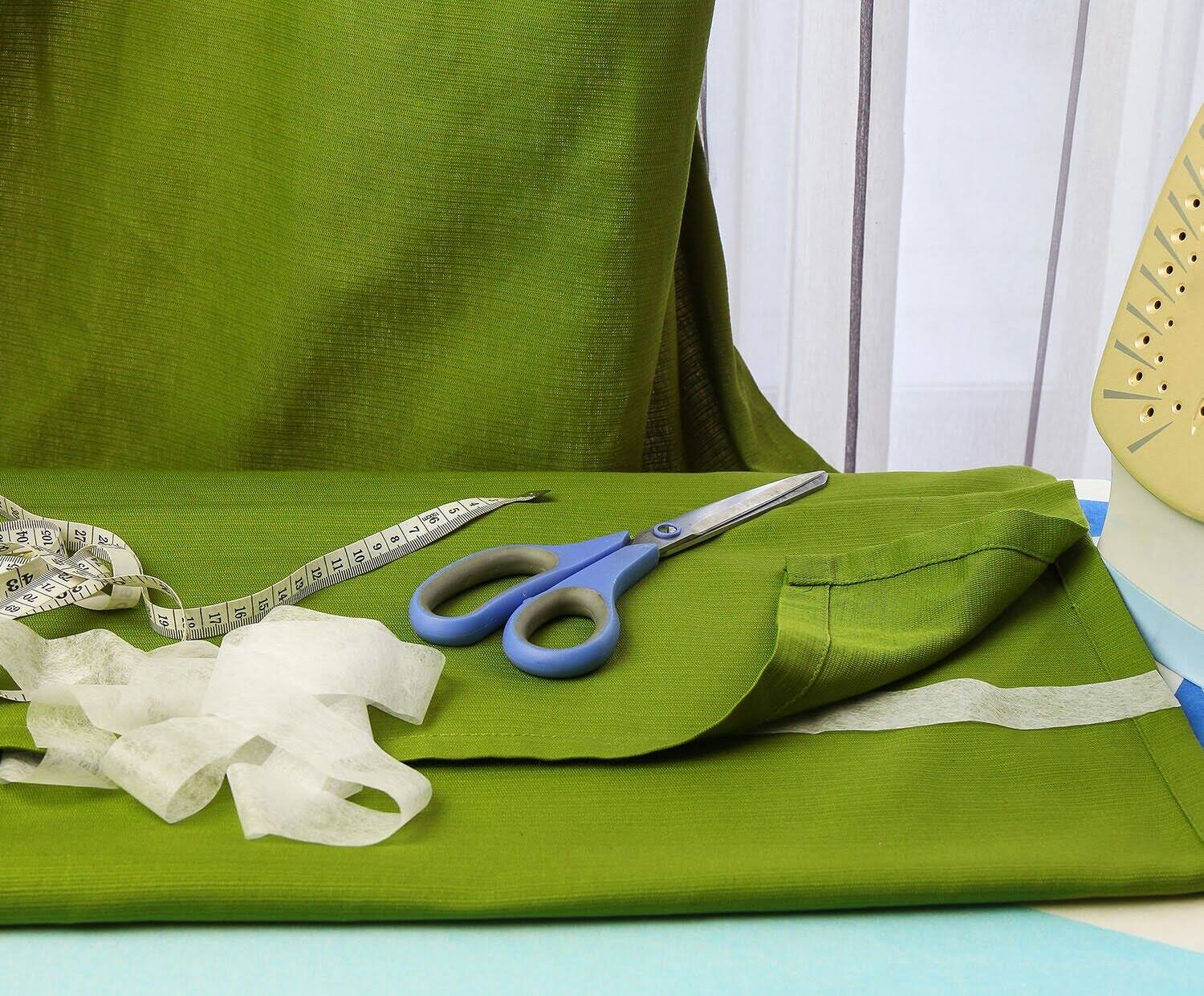
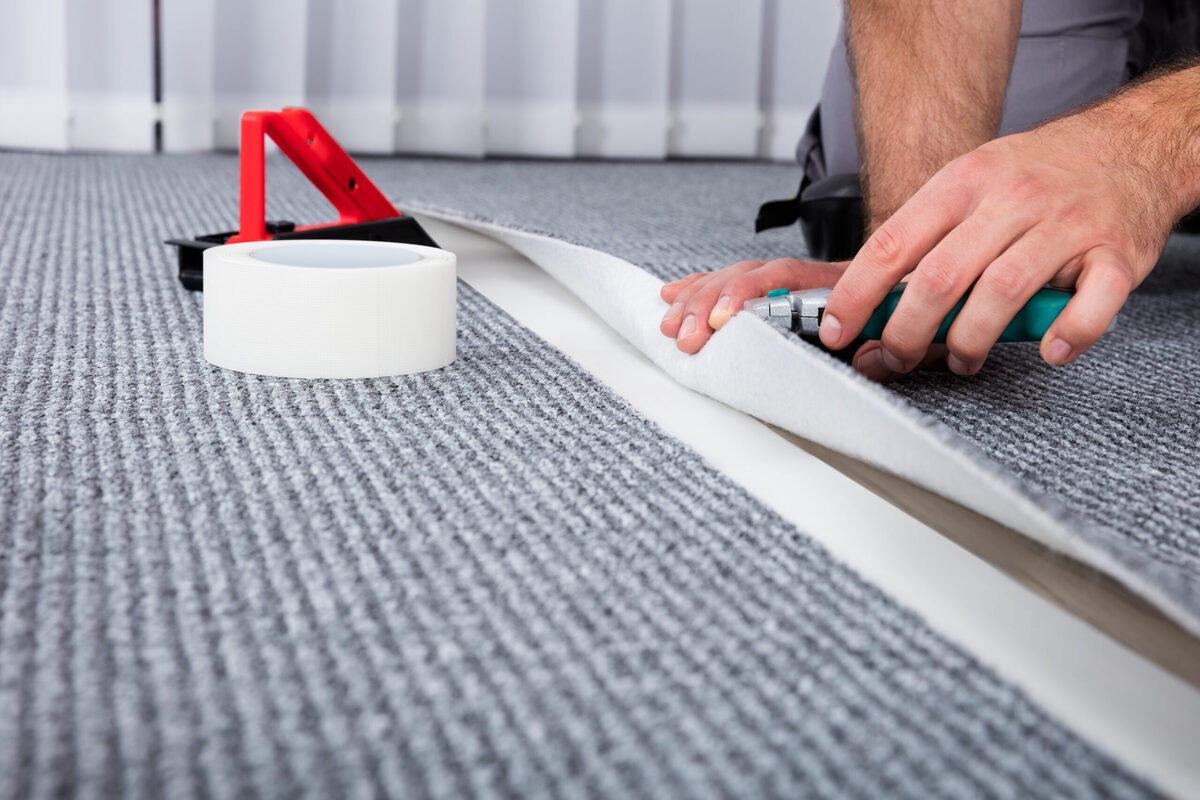
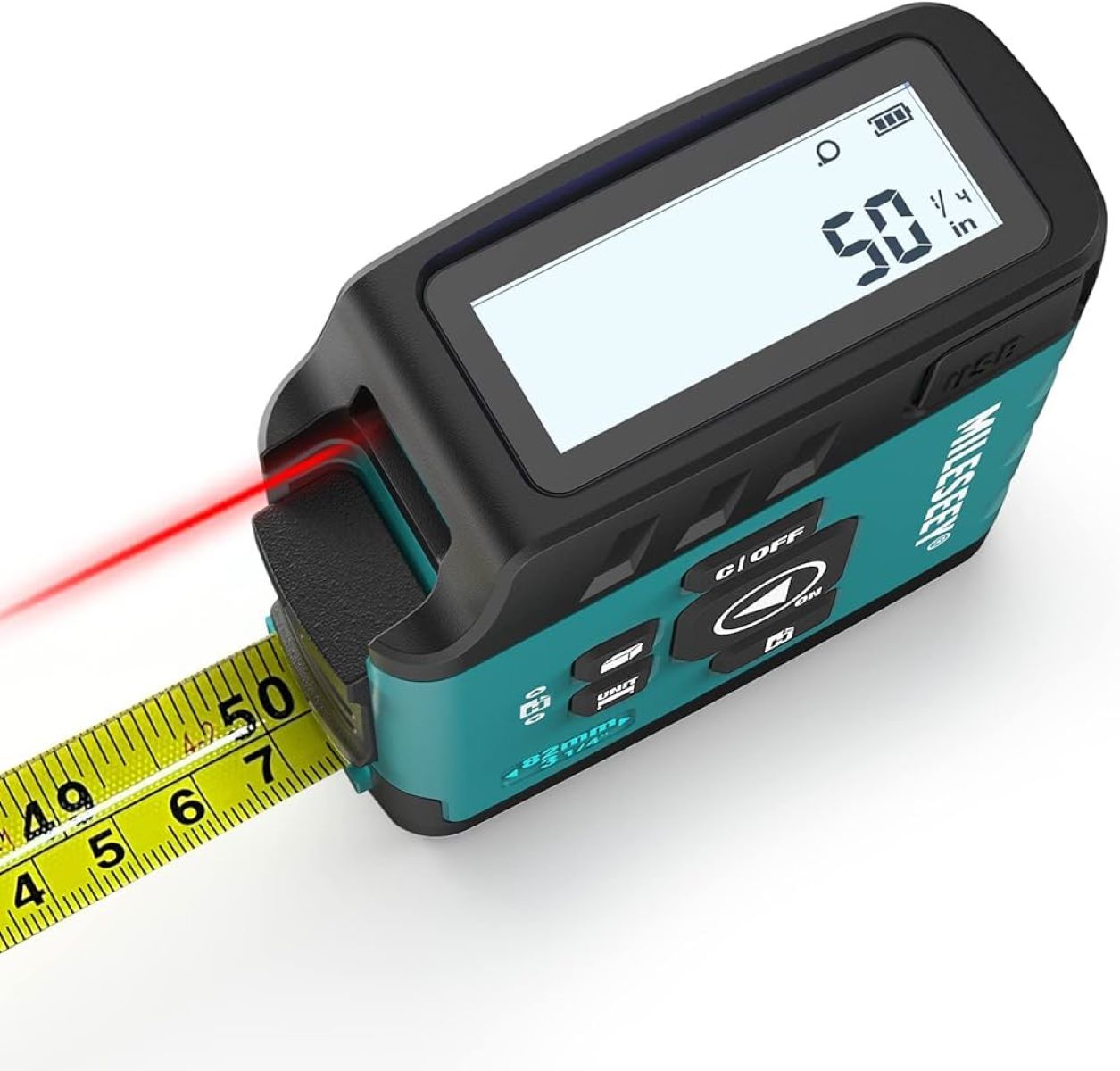
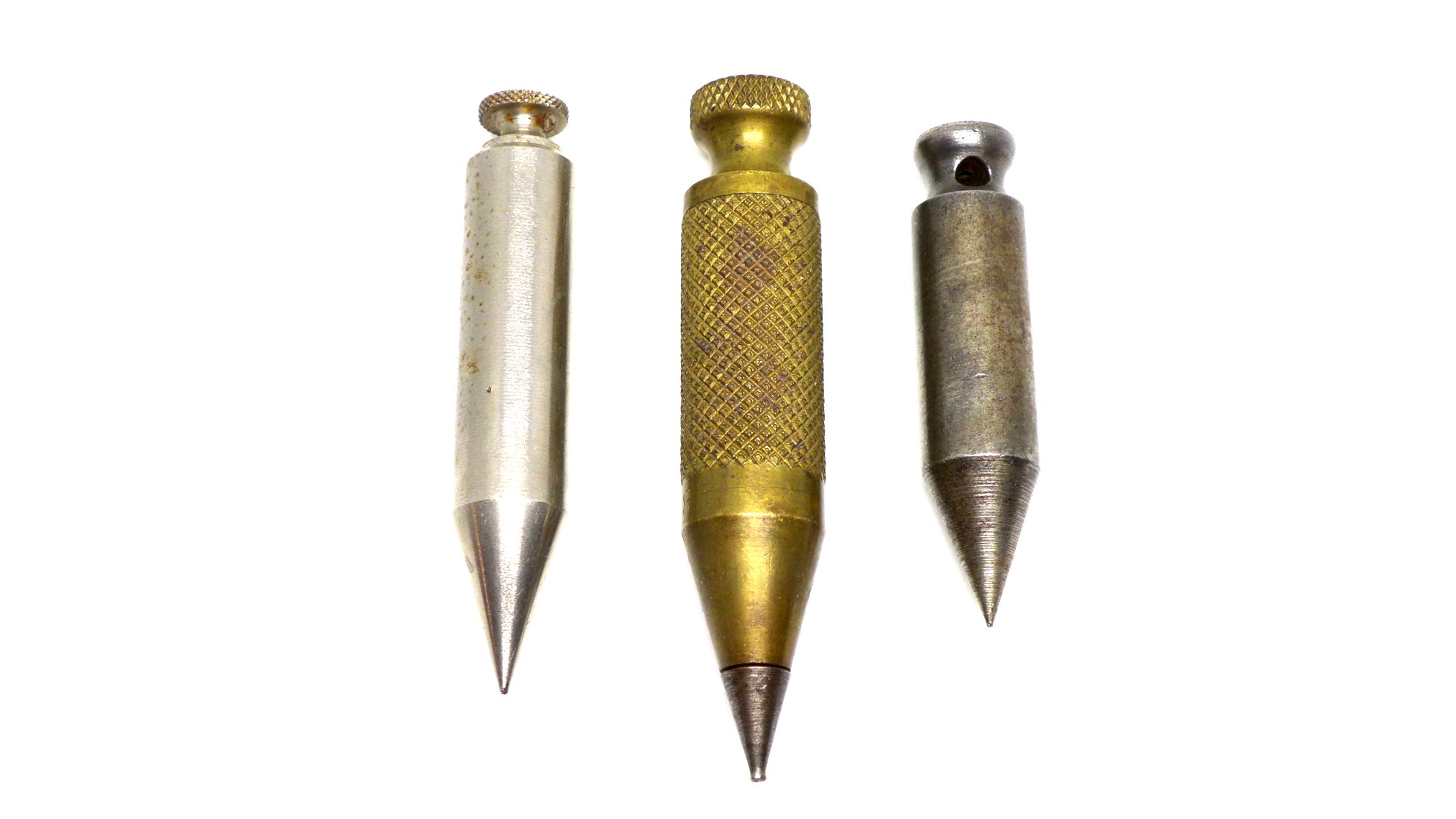
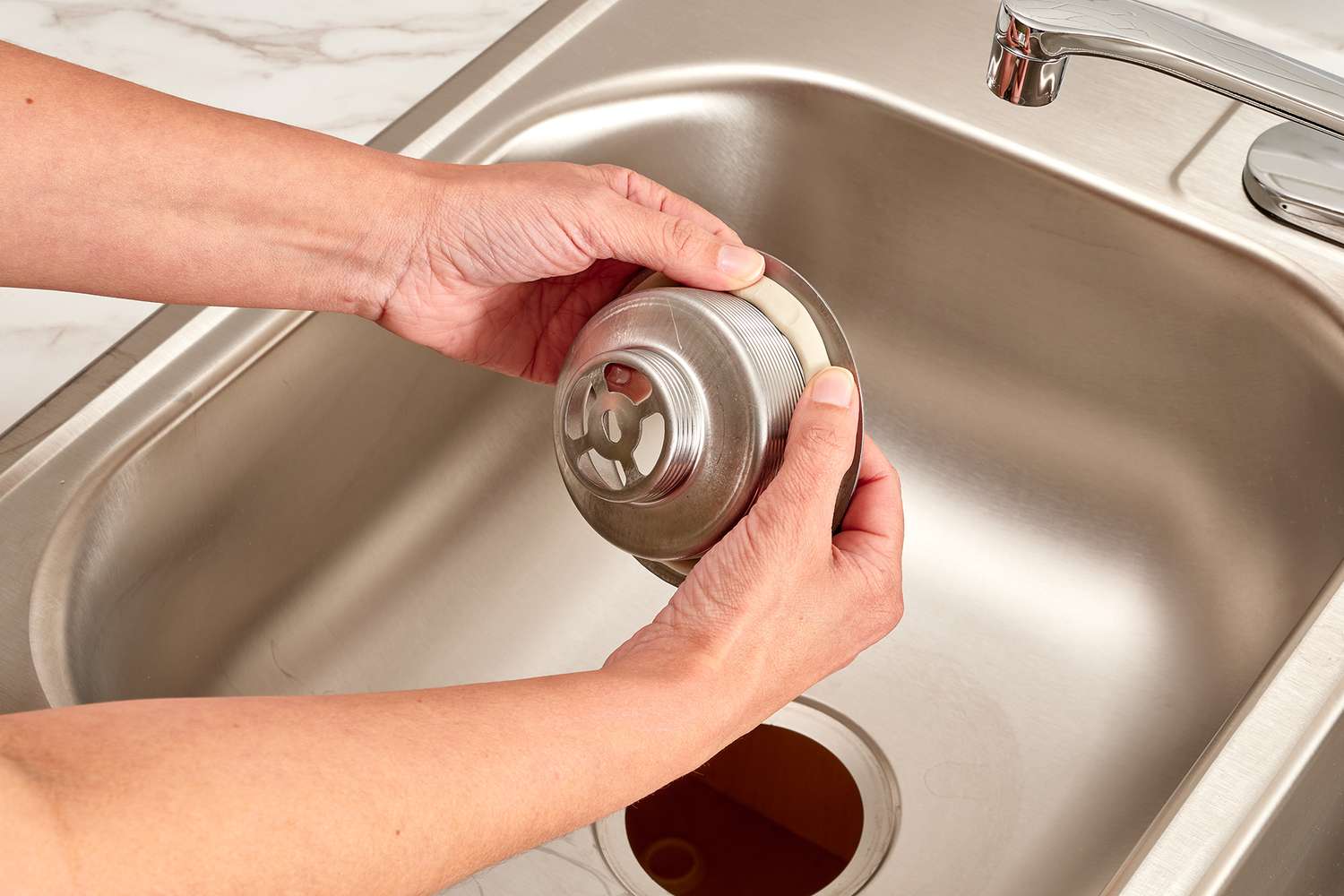
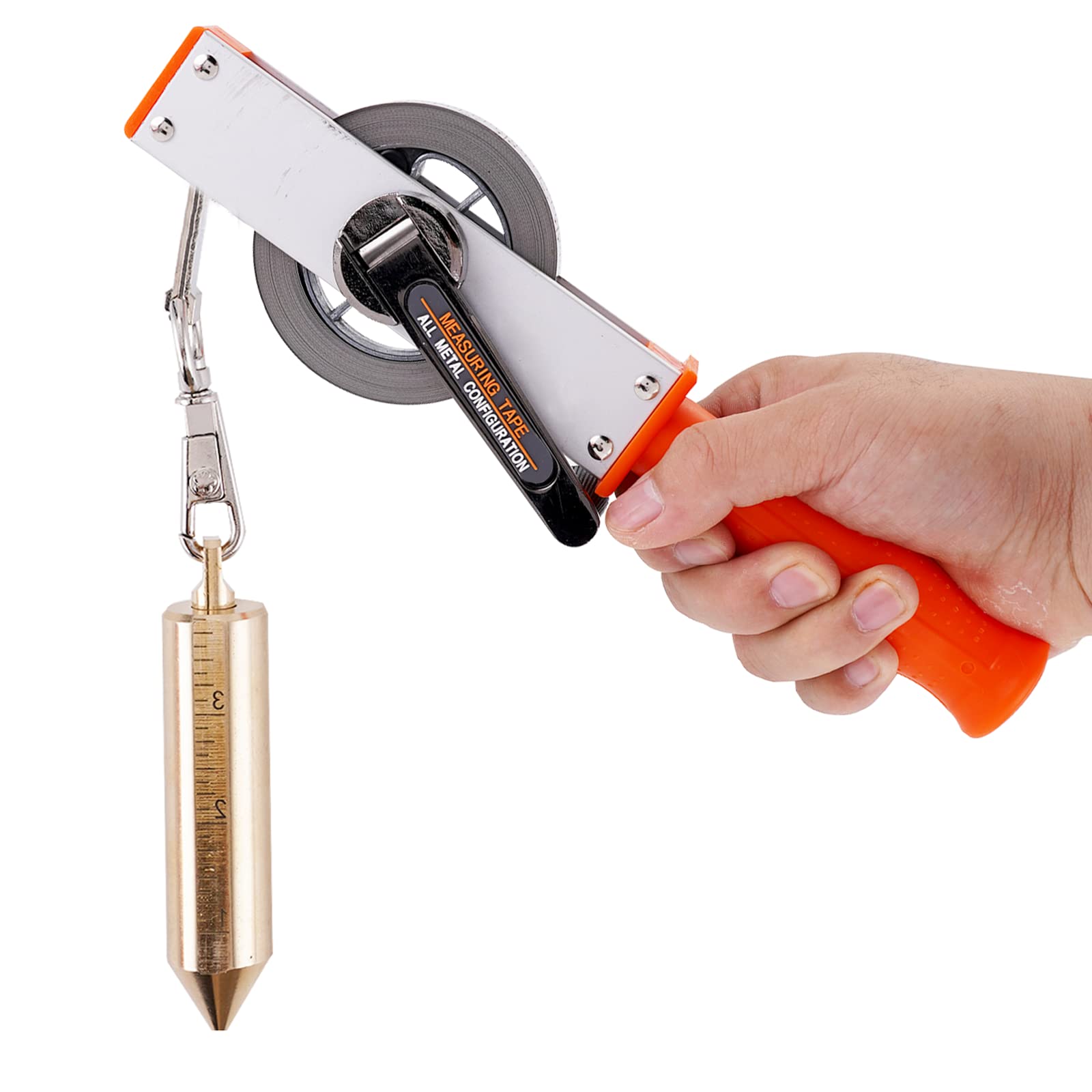
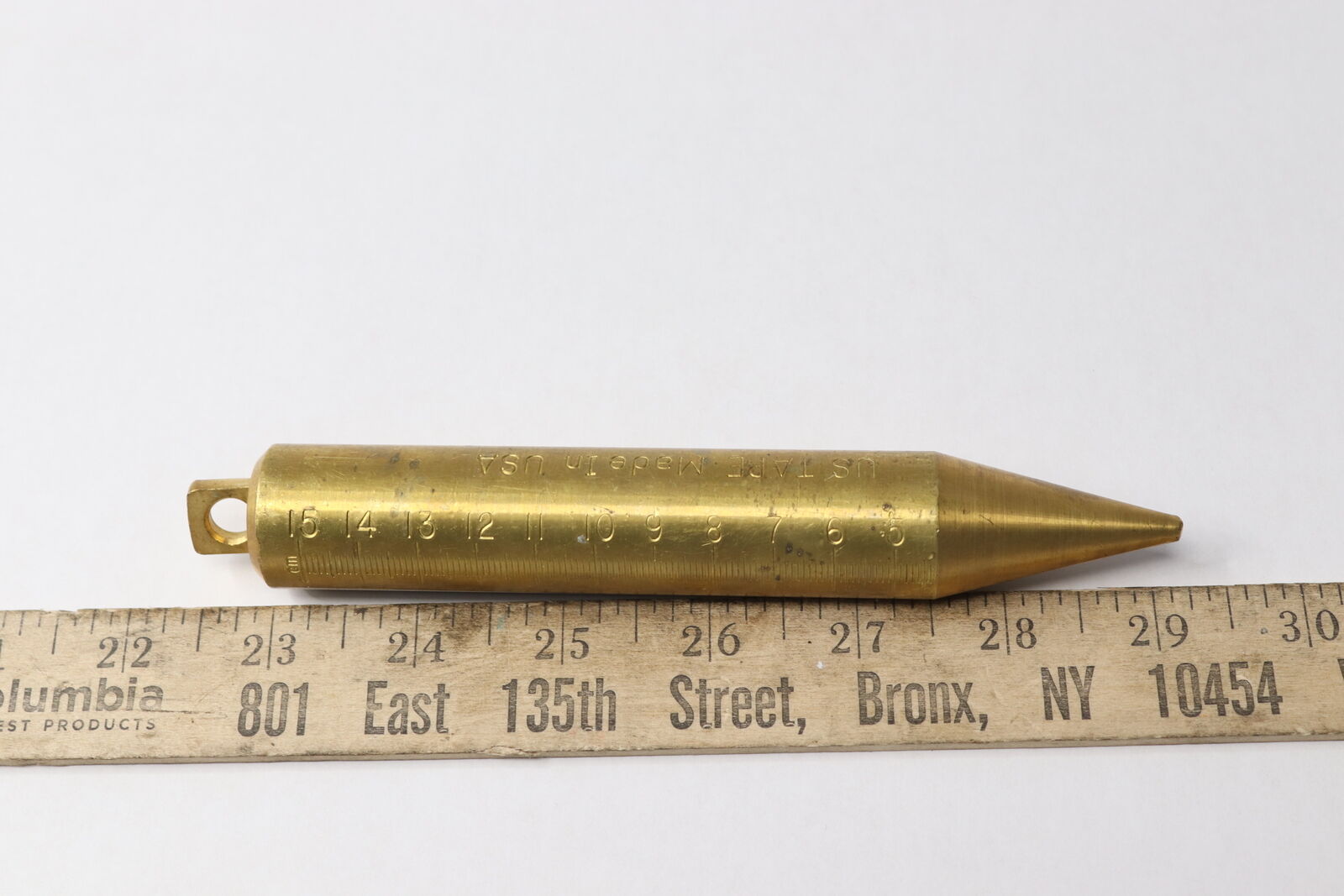
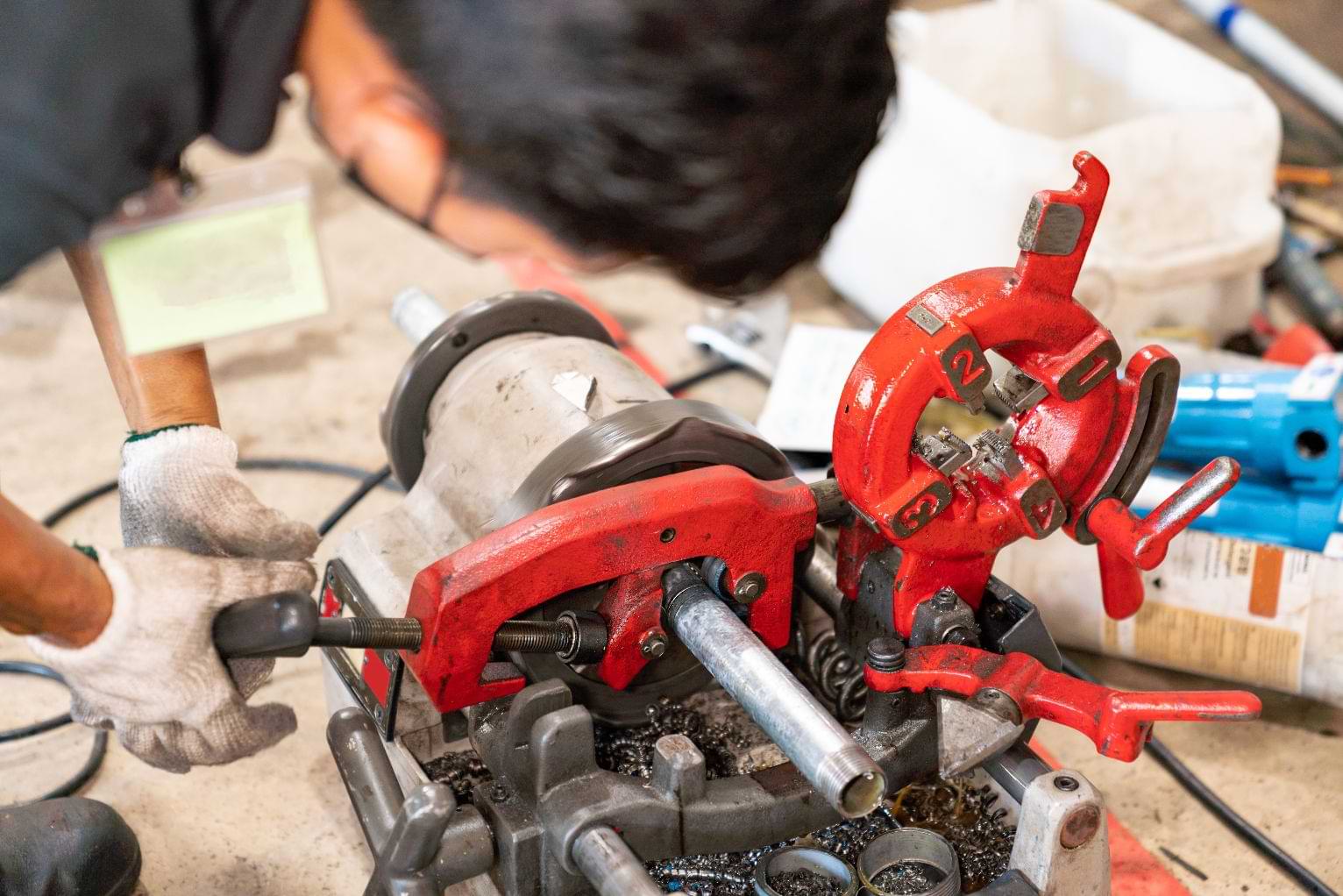
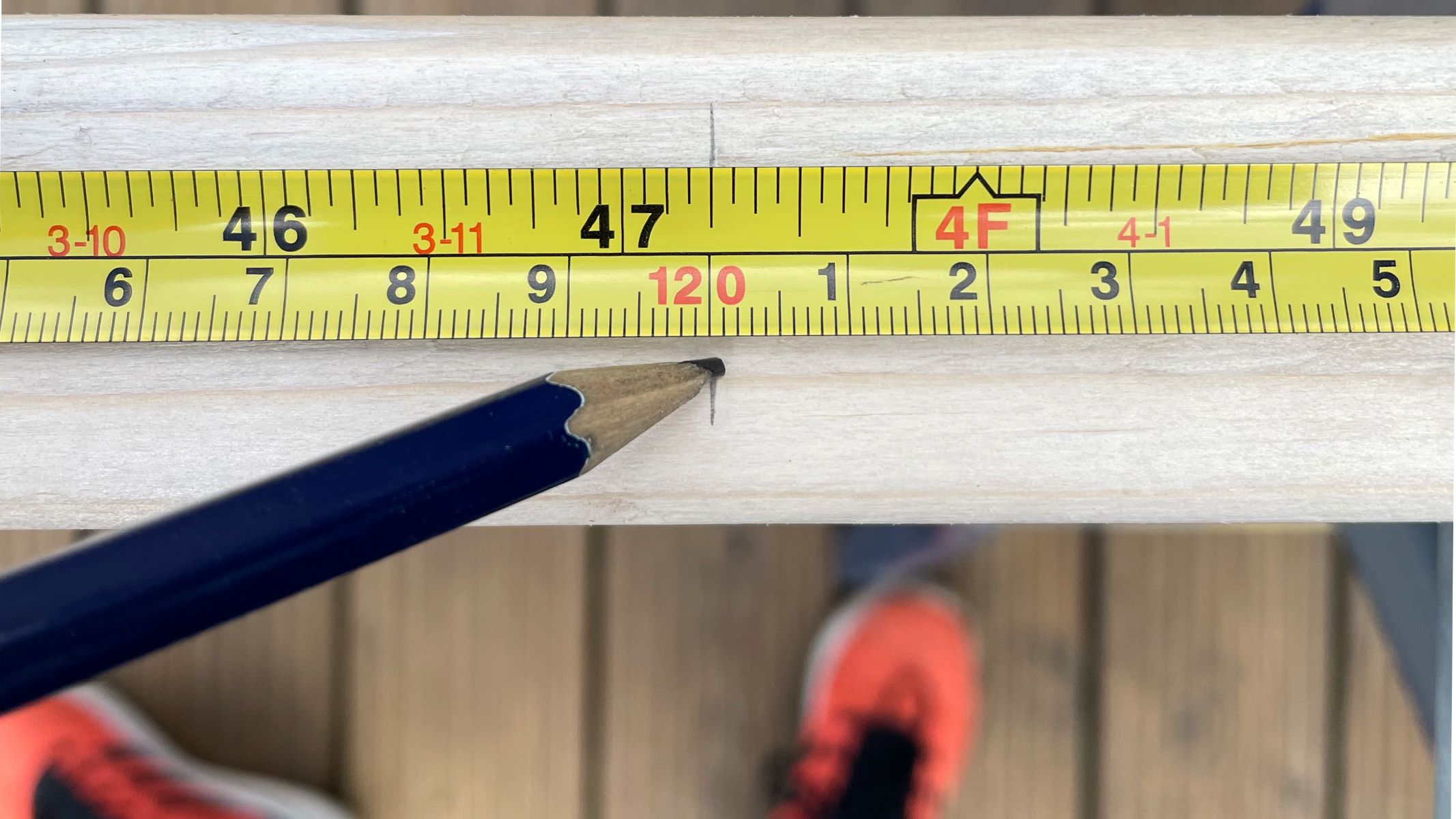
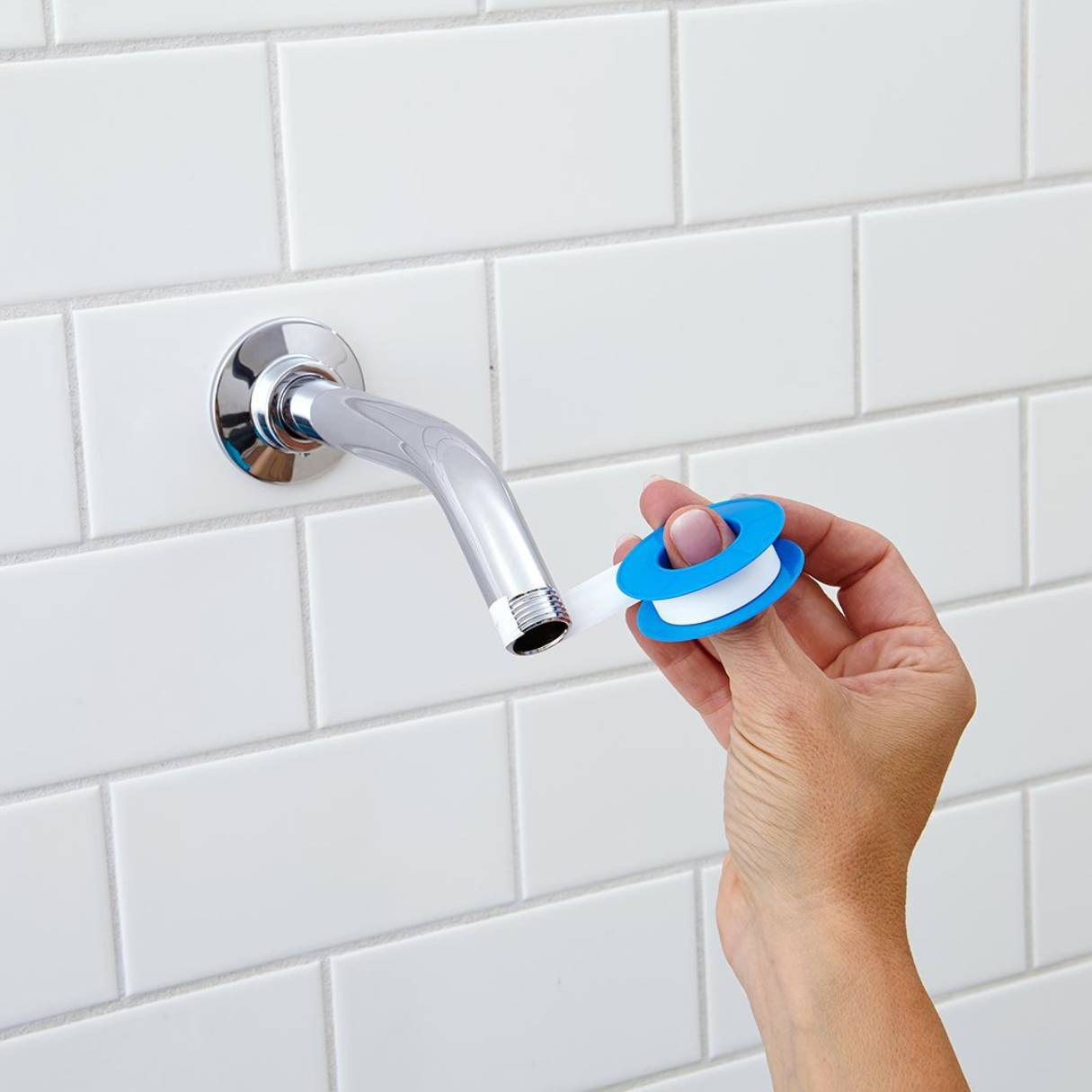
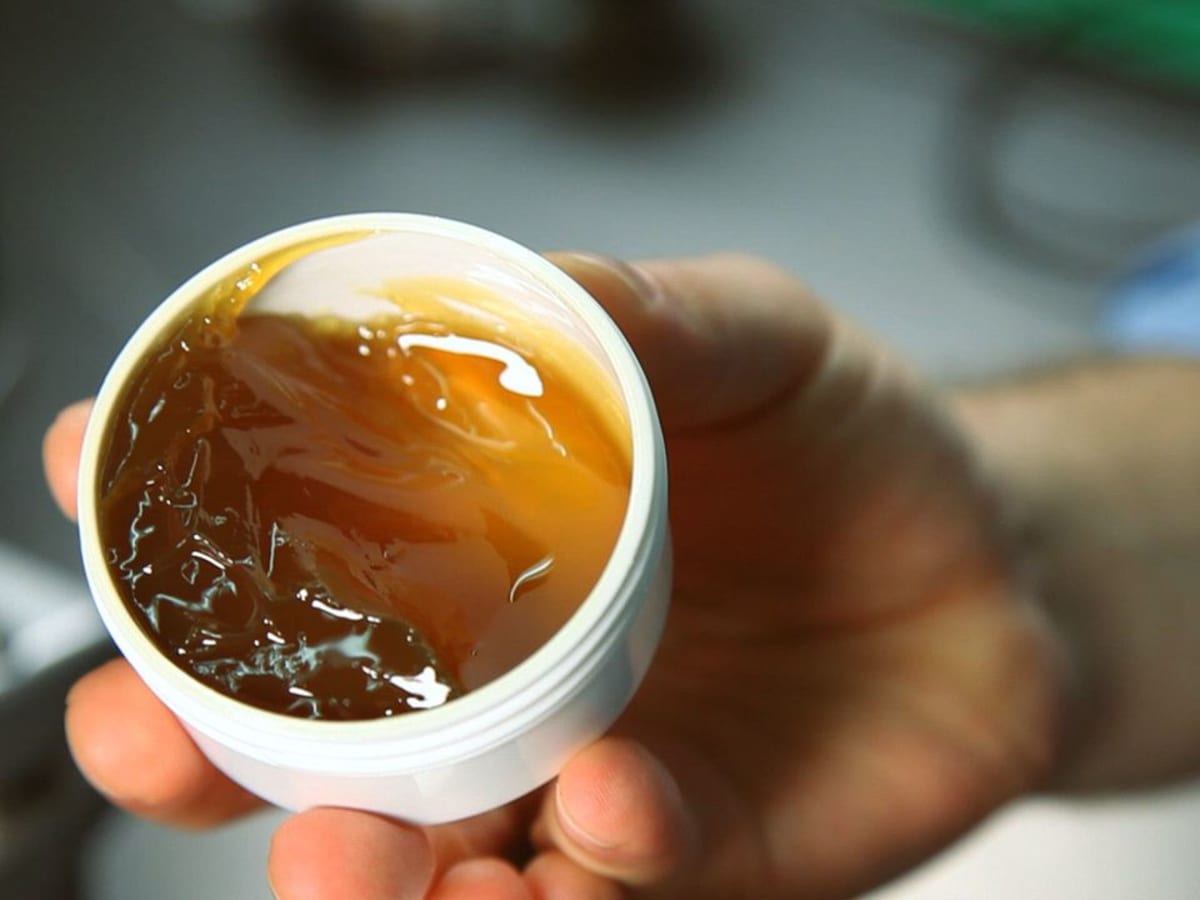
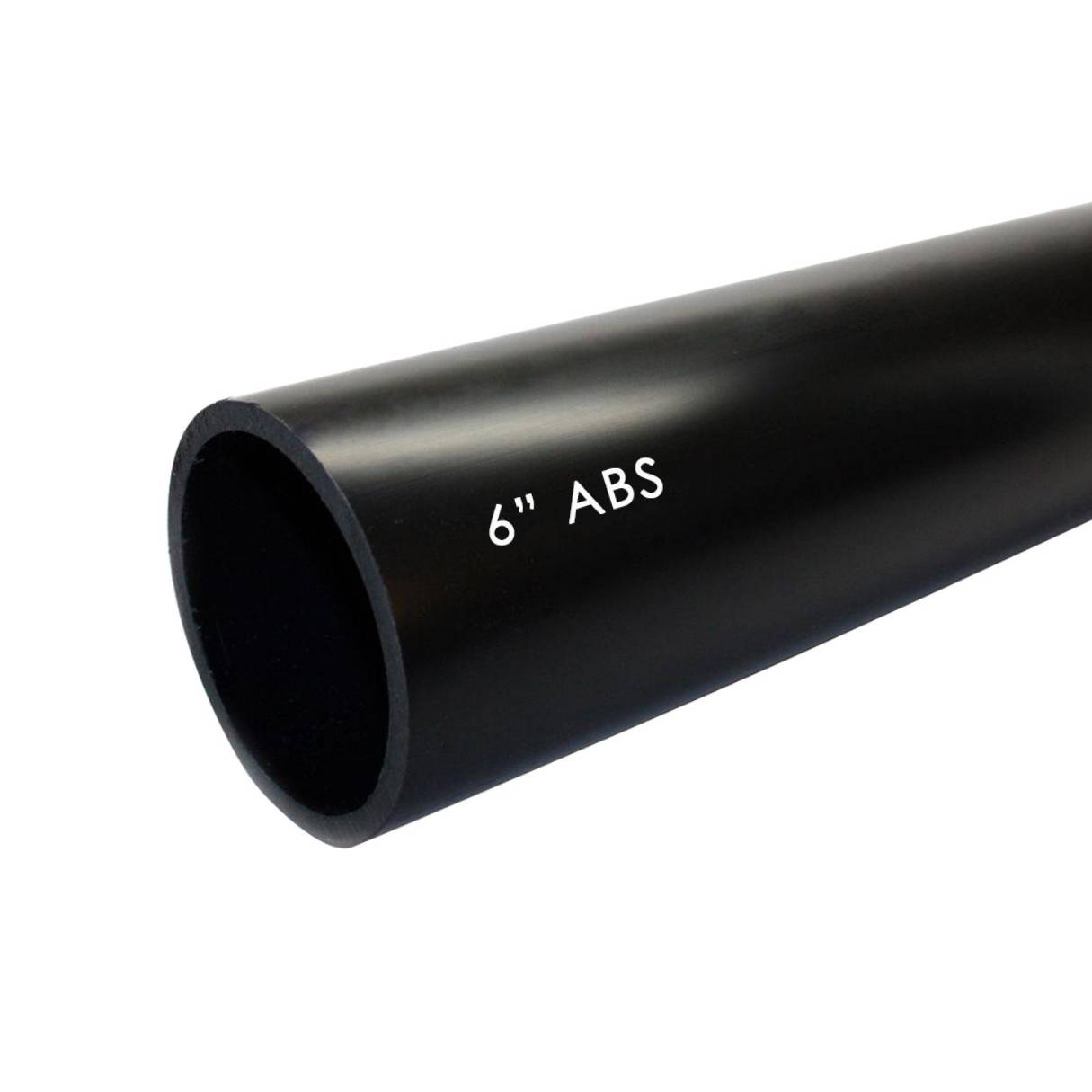
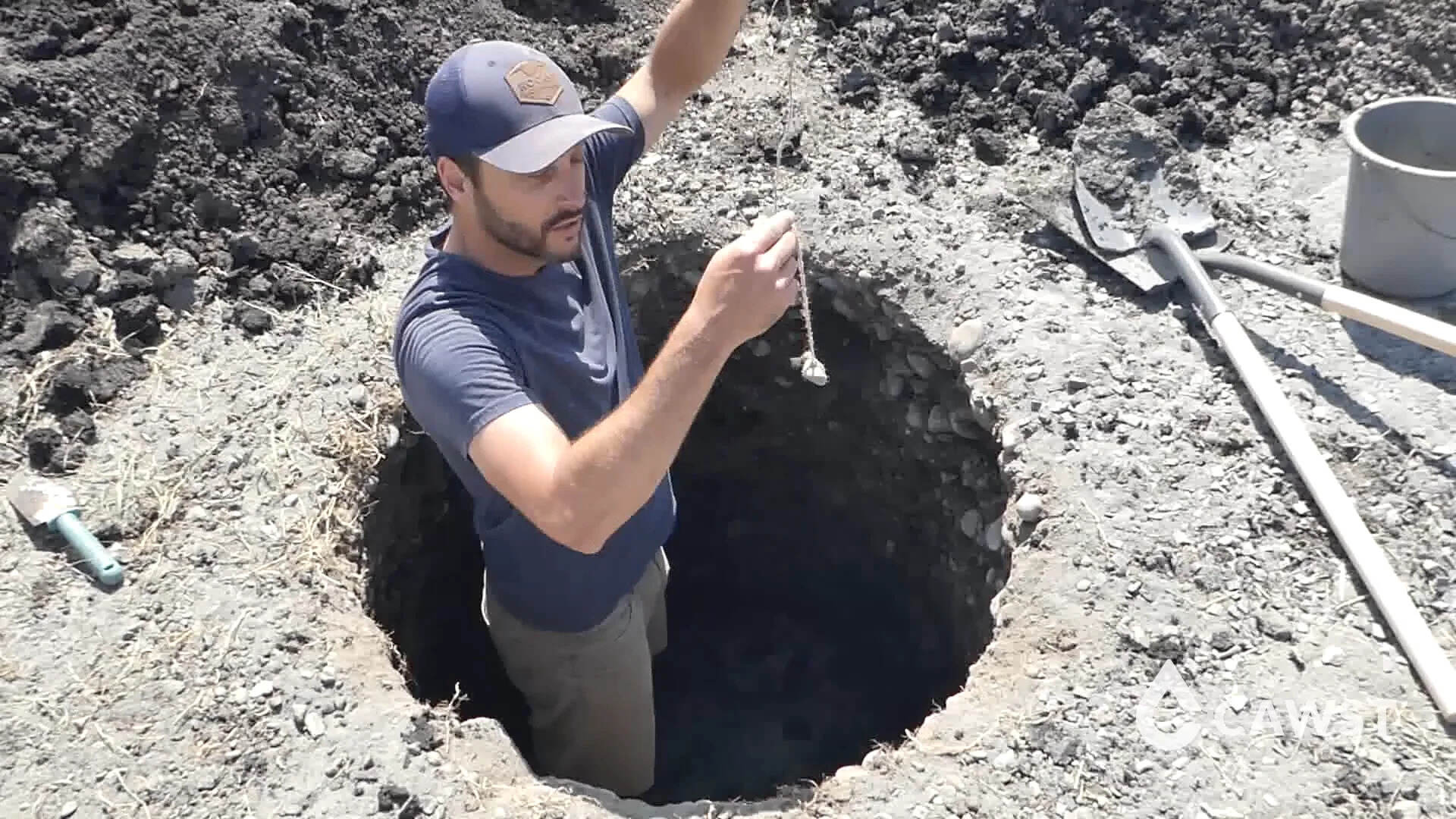

0 thoughts on “How To Use Plumbing Tape”